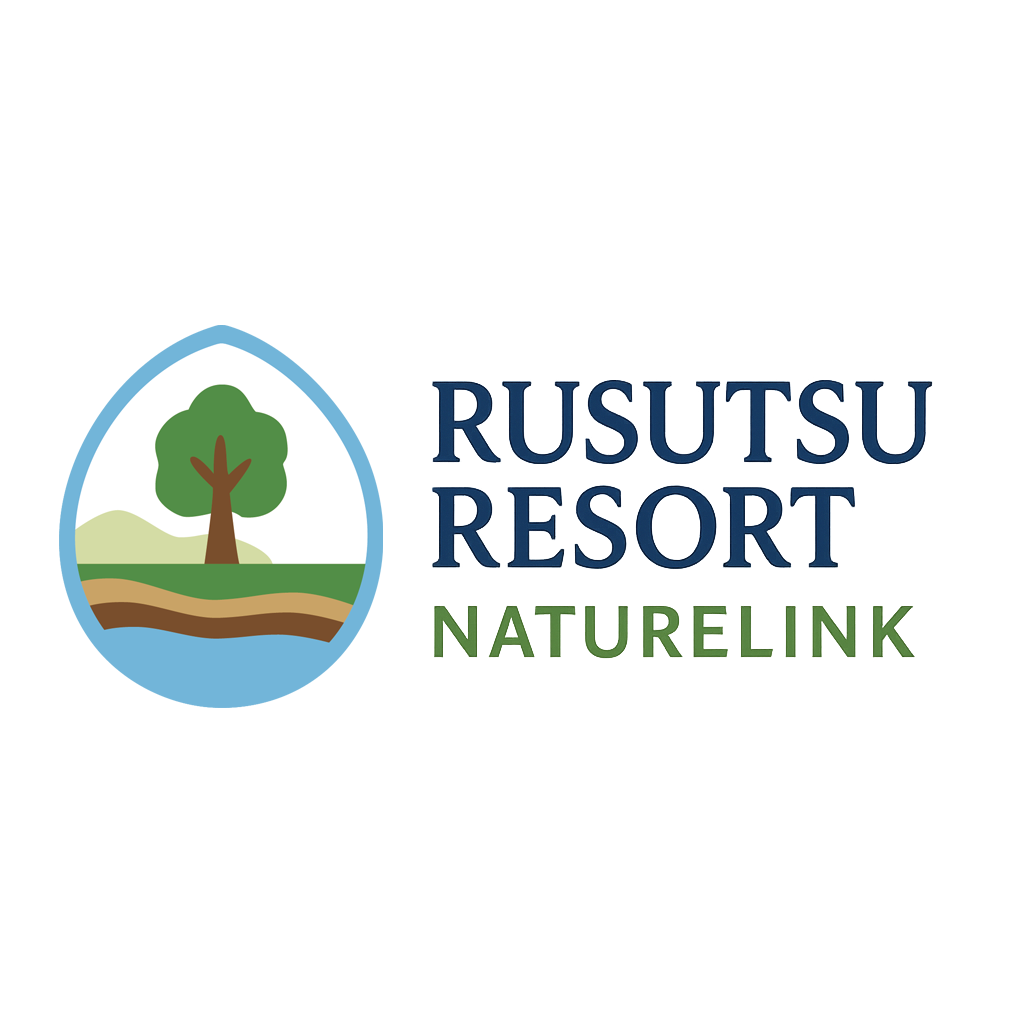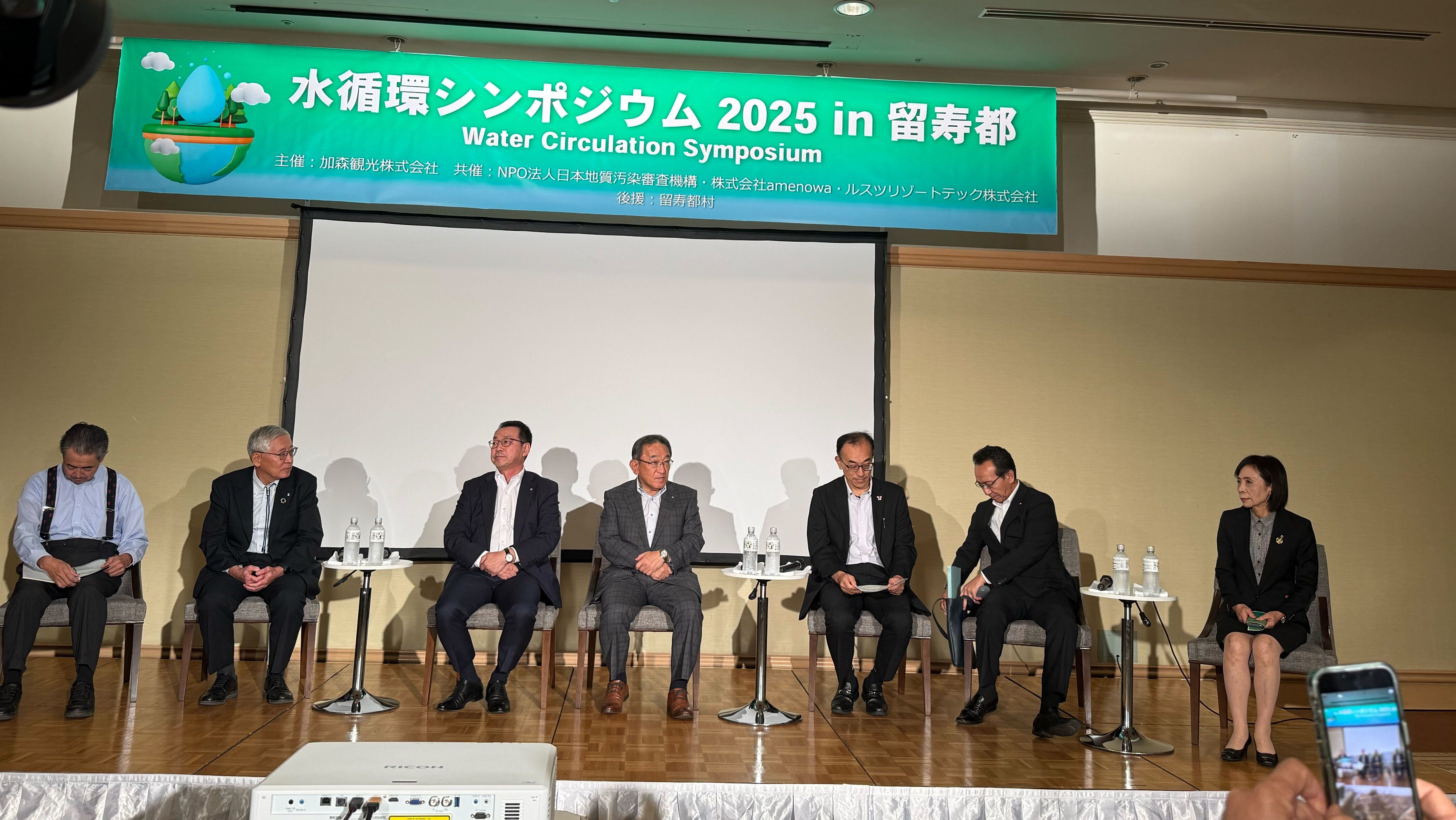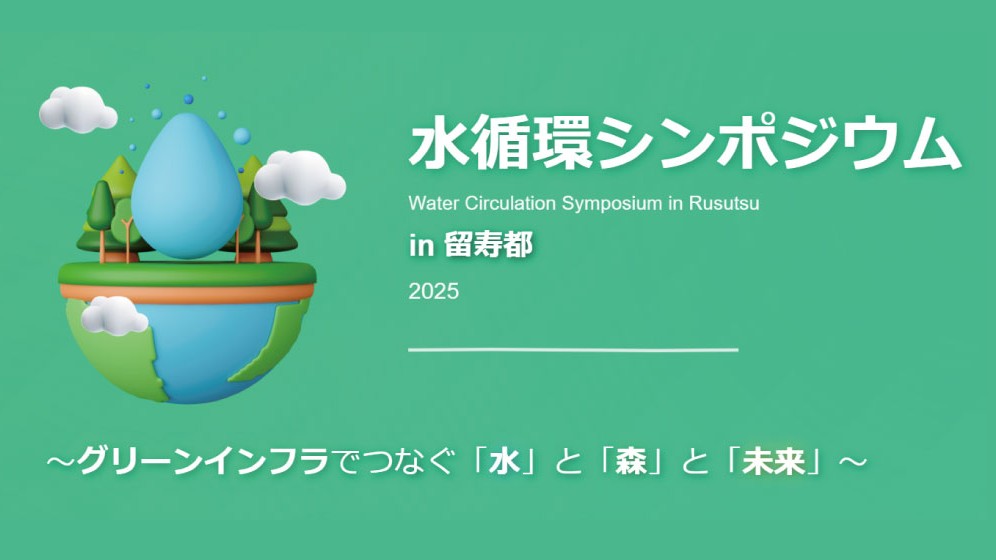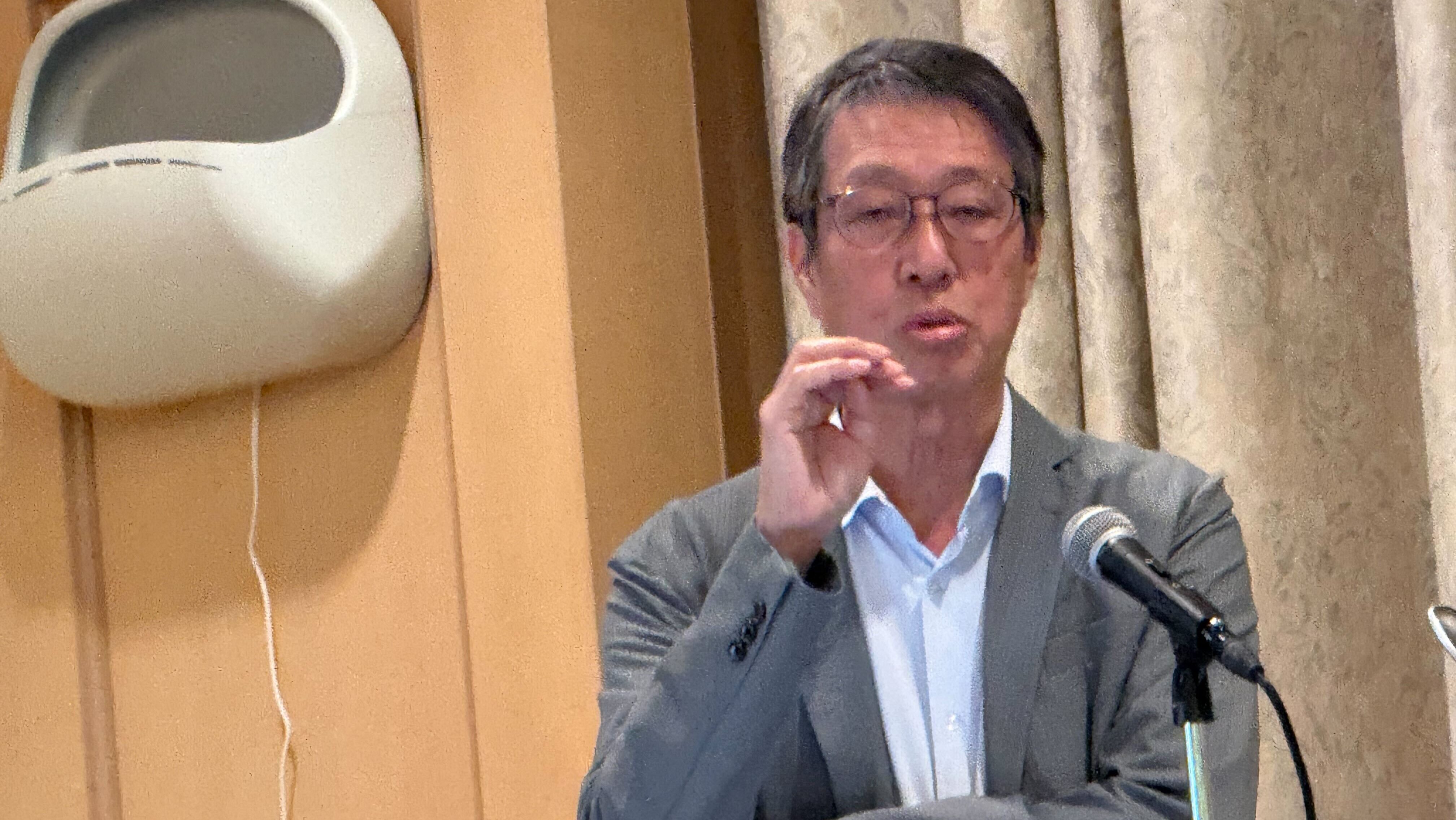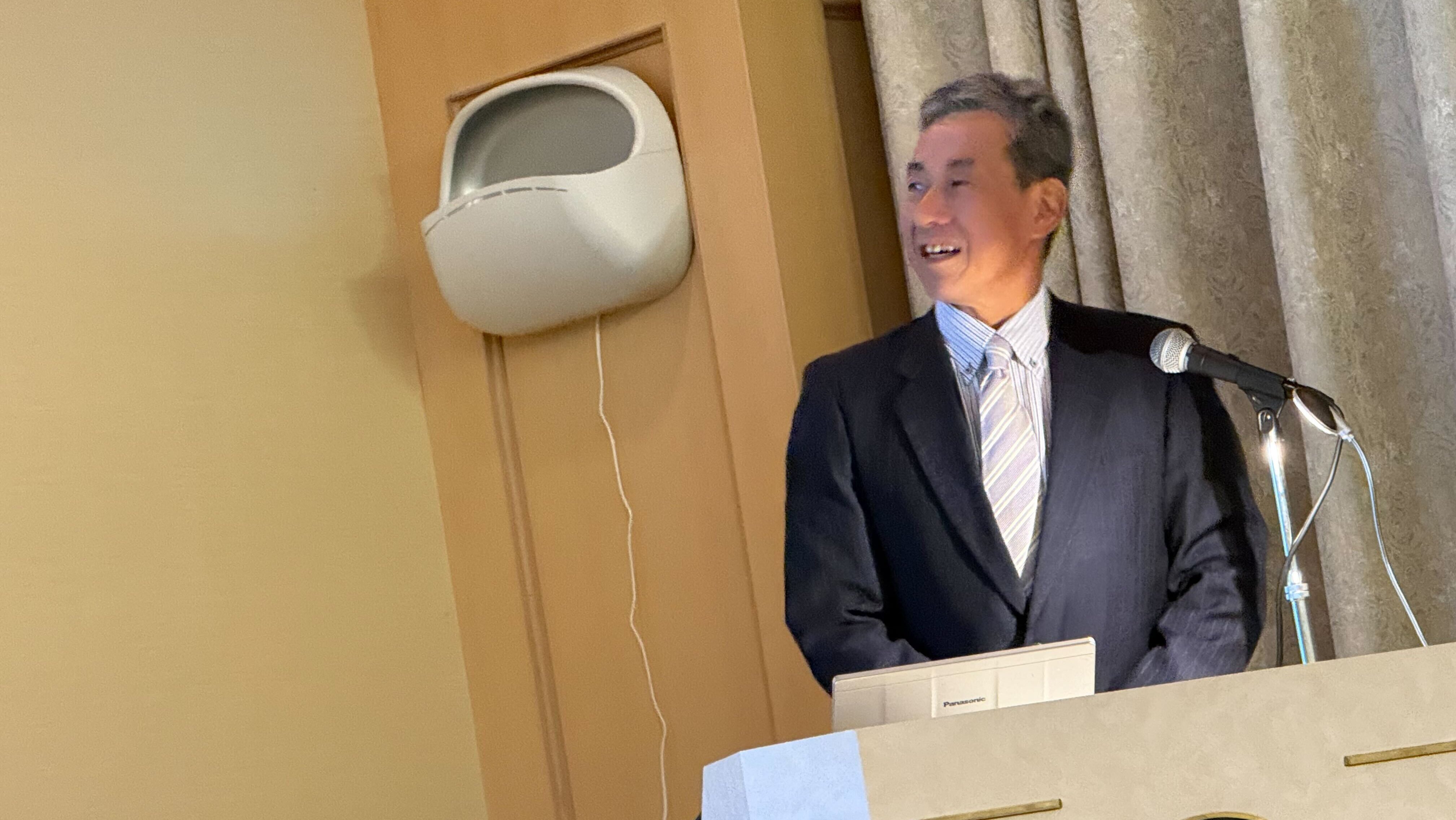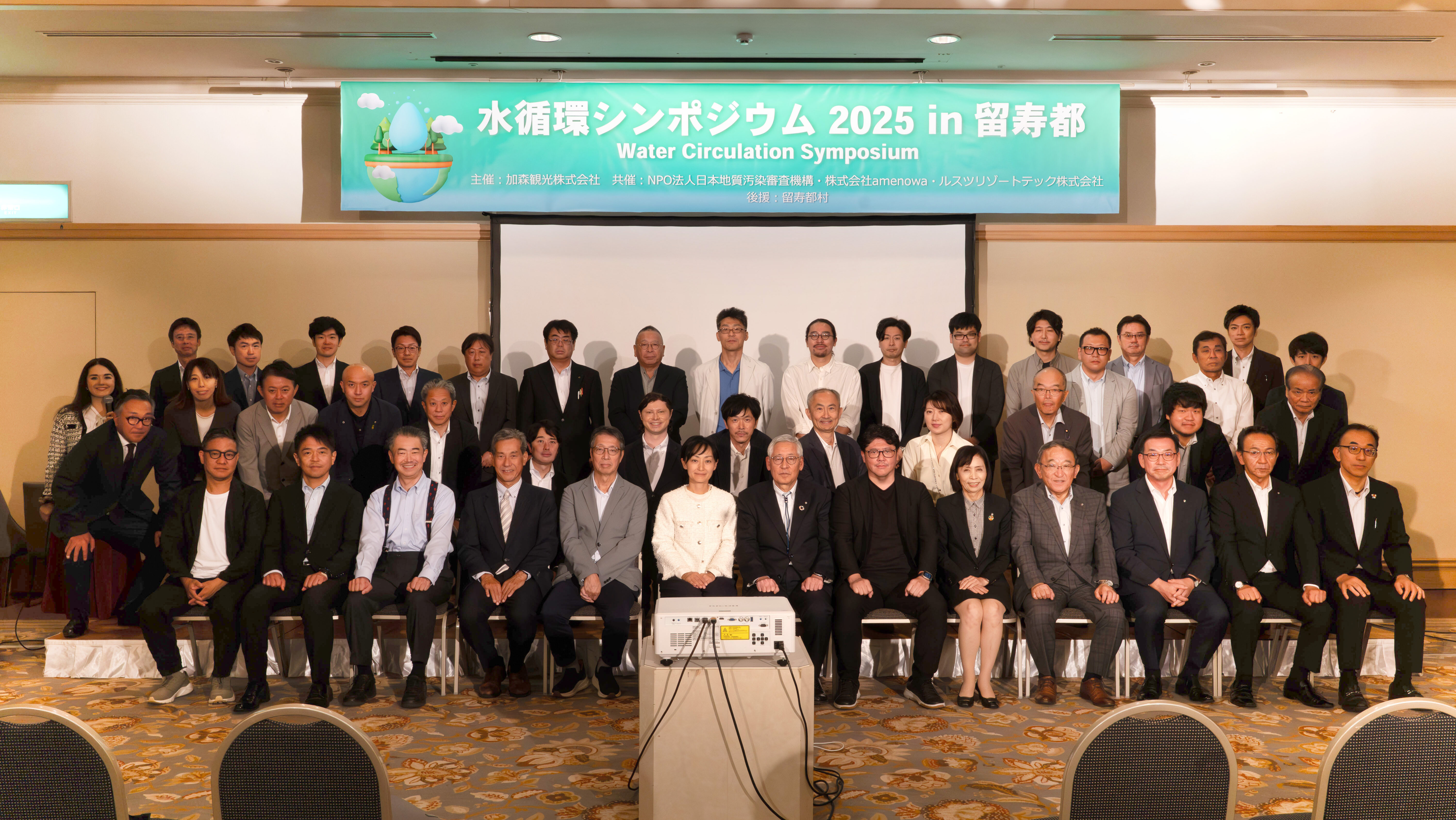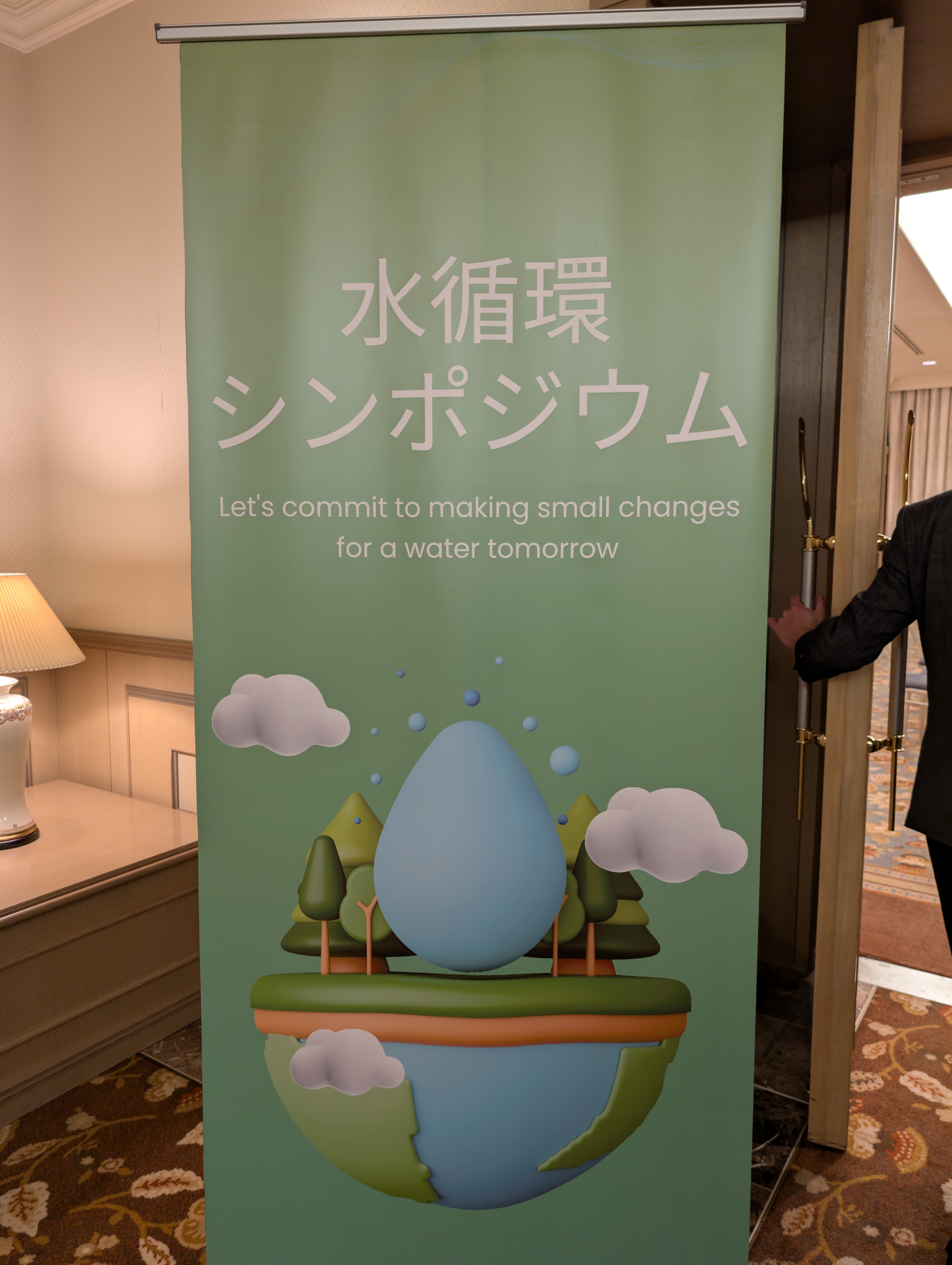“Get the First Step Right”
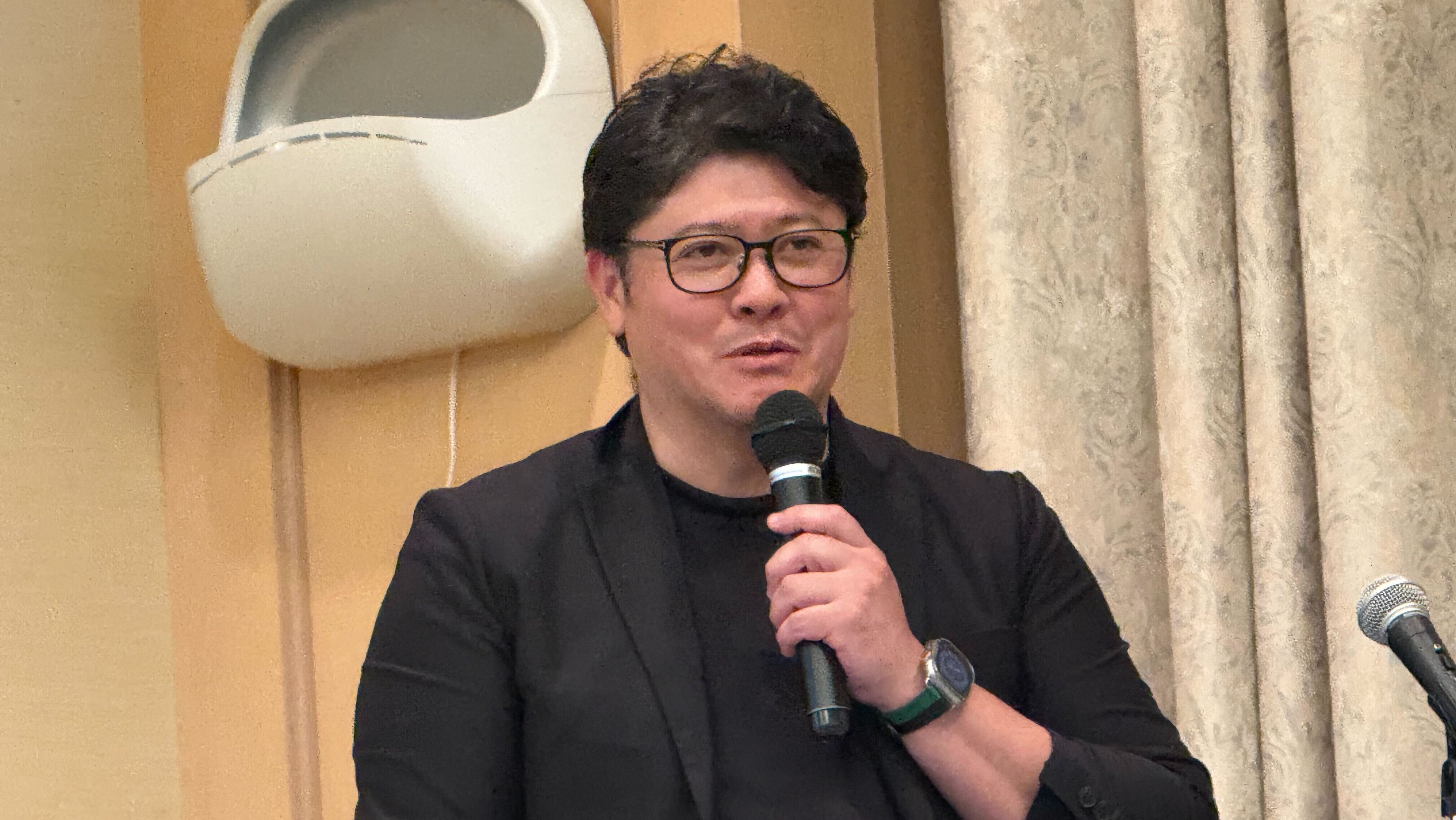
A New Framework for Sustainable, Rusutsu-Led Resort Development, in President Kamori’s Words
What left the strongest impression at this symposium was the talk by Mr. Kamori, President & CEO of Kamori Kanko Co., Ltd.
His remarks about the future of tourism and local communities felt less like a resort operator’s viewpoint and more like a set of guiding principles for the region as a whole.
Tourism is “the industry most exposed to external factors”
“Tourism is the industry most easily affected by politics and the economy, public-health crises, and even the seasons and the weather.”
Mr. Kamori pointed this out and said there are limits to measures like off-season campaigns or new-market development alone.
The “hands-tied” reality during COVID laid that vulnerability bare.
That is precisely why, he explained, he has believed for twenty years that we need reasons to visit that yield tangible benefits and are less swayed by seasons and the business cycle.
His answer is to evolve Rusutsu into a “purpose-accomplishment resort.”
The potential of “the last large tract of land”
Hokkaidō’s largest all-season resort, overwhelming pulling power, and vast land assets.
“One of our strengths,” said Kamori, “is that we can make decisions end-to-end within our own company.”
Leveraging these assets to the fullest, a vision is now underway to transform Rusutsu into a business hub.
“Rusutsu Resort Tech (RRT),” an alliance orchestrator
At the core of this new framework is Rusutsu Resort Tech (RRT).
RRT will comprehensively oversee everything from development management and corporate-attraction rules to licensing and ESG/SDGs.
Kamori likened the concept to a “tree of life.”
“The trunk is Kamori Kanko’s core businesses. The branches and leaves are diverse lines of business.
The more the branches and leaves grow, the more returns and know-how flow back into the trunk, nurturing the ecosystem we call the regional economy.”
Japan’s ski-resort challenges to solve
He outlined several issues facing Japanese resorts:
- Rising land prices making it hard for residents to remain
- Profit outflows to external capital
- Disorderly development leading to deforestation and depletion of groundwater
The remedies, he said, are a tourism model that returns profit to the region, local rules and certification systems, and mechanisms that safeguard land values and water resources.
To protect groundwater: “store snow”
“Groundwater is replenished over decades to centuries. If usage exceeds recharge, depletion is inevitable.”
Sounding that warning, he pointed to a resource unique to Rusutsu.
Rusutsu generates over 100,000 tons of plowed snow each year.
“If we store this snow in reservoirs and use it for agricultural and industrial water, we can reduce the burden on groundwater.”
Harnessing the snow resource could become a new solution for a sustainable water cycle.
Foreign capital: “Welcome—plus rules”
There is no intent to exclude foreign investors; on the contrary, Rusutsu will actively welcome them.
However, they must also share responsibility for enhancing the local environment, not just take profit.
Citing examples from Singapore, he stressed the need for local rules that secure firm commitments to raising regional value.。
A new management axis: the “5 Ks”
To the traditional 4 Ks—Kankyo (Environment), Kanko (Tourism), Kenko (Health), Kyoiku (Education)—he adds Keizai (Economy) to form the 5 Ks as management pillars.
“True sustainability is realized only when Environment, Tourism, Health, Education, and Economy are implemented together,” Kamori emphasized.
“Don’t misbutton the first button—toward a resort that balances joy and the future through co-creation and coexistence.”
Mr. Kamori’s words carried a firm will that goes beyond ordinary tourism development:
they asked how we will build the region’s future.
How do we cultivate both the allure and the responsibilities of a resort together with the local community?
That sincere stance resonated deeply with me.
